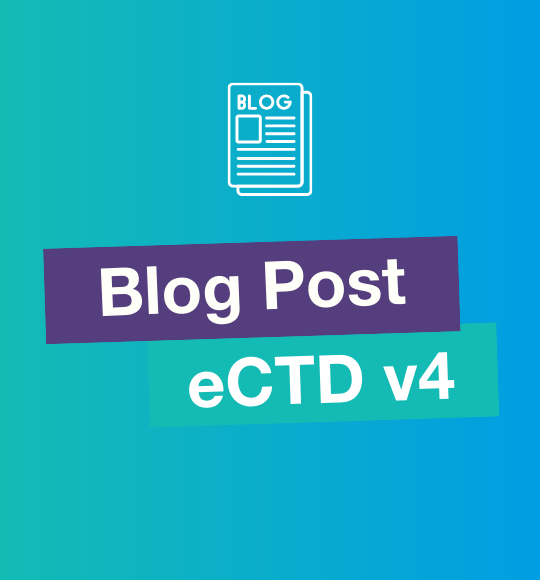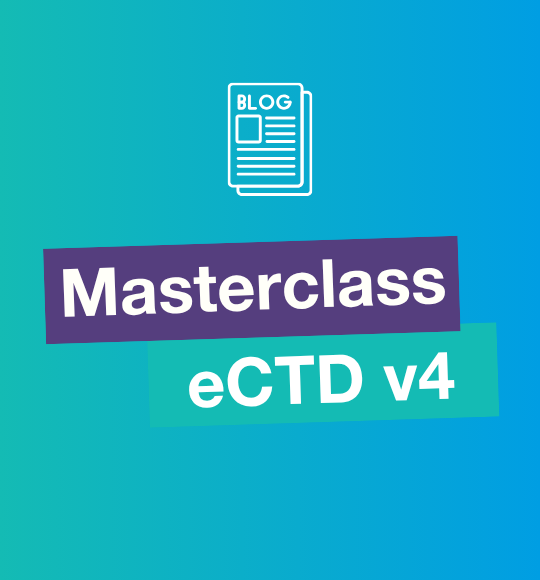The changes introduced within E2B(R3) are not solely technical; they have a significant impact on the overall pharmacovigilance processes. In this post, we look at some of the regulatory changes specifically called out by the EMA.
The Changes in Pharmacovigilance SOPs
Causality Assessment
The Causality Assessment will be split up into three fields:
- source (Who assessed causality, e.g., reporter, patient, company),
- the method and
- the result
For SUSARs, providing a causality assessment will be mandatory, and the EMA will accept only two results: “Reasonable Possibility” and “No Reasonable Possibility.” Causality assessments are also strongly recommended for post-authorization reports to support further pharmacovigilance activities like signal detection.
Amendment Reports
Organizations can submit Amendment Reports if case information has been changed but no new information has been received (e.g., change in evaluation). Amendments can be used for sending Data Corrections or providing literature articles. The EMA will monitor the submission of Amendment Reports to prevent misuse by companies.
Attachments
E2B(R3) will provide the ability to embed files into the E2B message. The EMA emphasizes that attachments should be sent only in special circumstances, e.g., if the attachment is vital to understanding the case or providing the literature article.
Null flavors
With E2B(R3), companies need to provide null flavors to express more details on why information is not submitted. These null flavors depend on the information and range from ASKU (Asked, but unknown) to MASK (not provided due to data privacy). Companies need to define in their SOPs when and how these null flavors should be used. This becomes challenging as FDA and EMA will have different requirements on the information where null flavors should be provided.
Business Preparation for E2B(R3)
The new standard will also affect daily pharmacovigilance activities and have an impact on processes as well as on the respective documents like SOPs, working instructions, and, last but not least, the PSMF. All the documents must be revised and adopted. Based on that also, training is required. Staff members at headquarters and local safety offices who input, process, and track pharmacovigilance data should understand the new regulation. The EMA recommends that training should be planned for all MAH staff and that this should include sessions covering both new business processes as well as any new IT systems. This training should be completed at least six months prior to implementation in order to be ready once the new EudraVigilance system becomes effective.
If you need any help with your Pharmacovigilance processes or you would like to learn more about our solutions, download our whitepaper, or contact one of our specialists at info@extedo.com.

.png)


